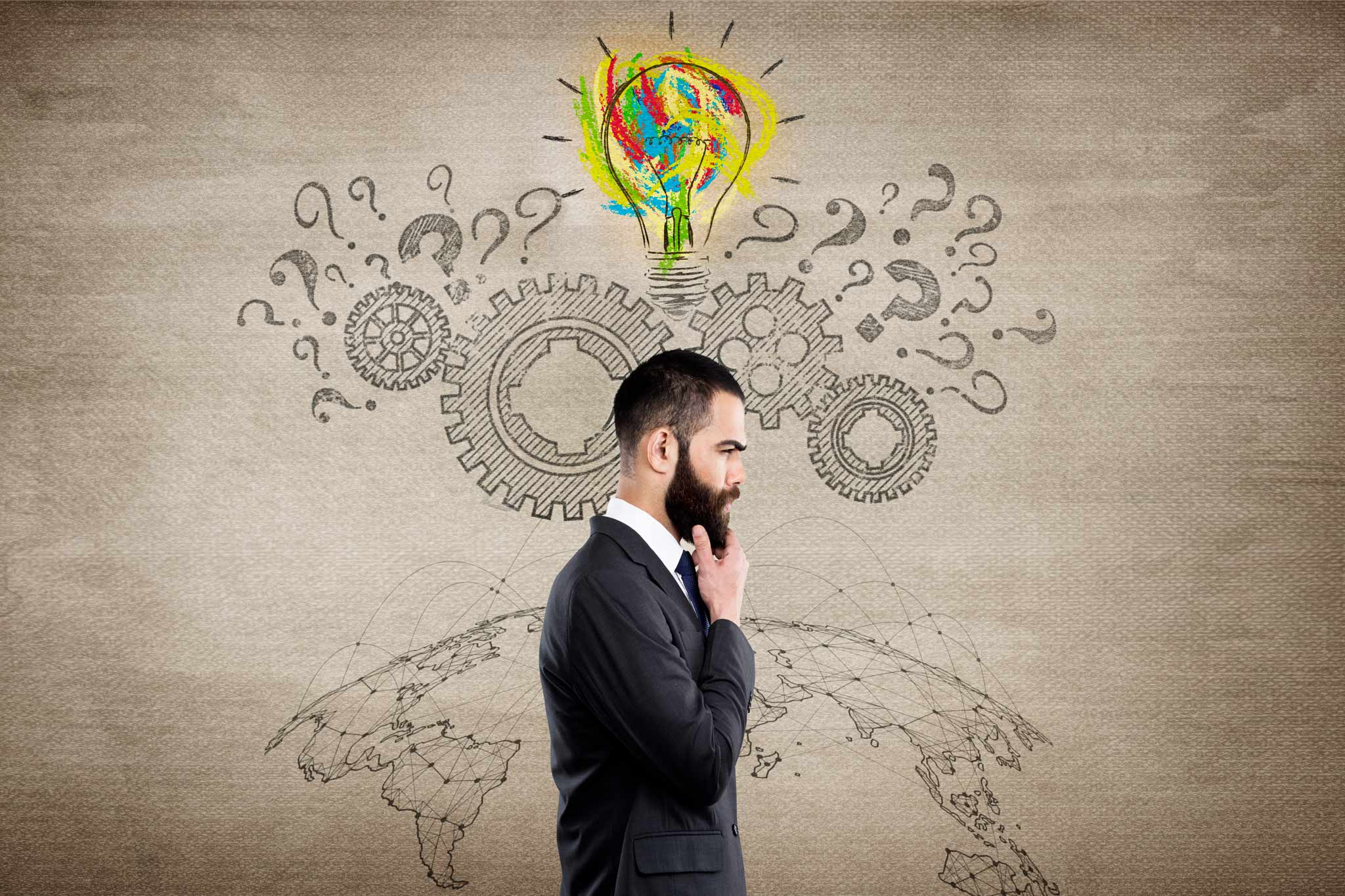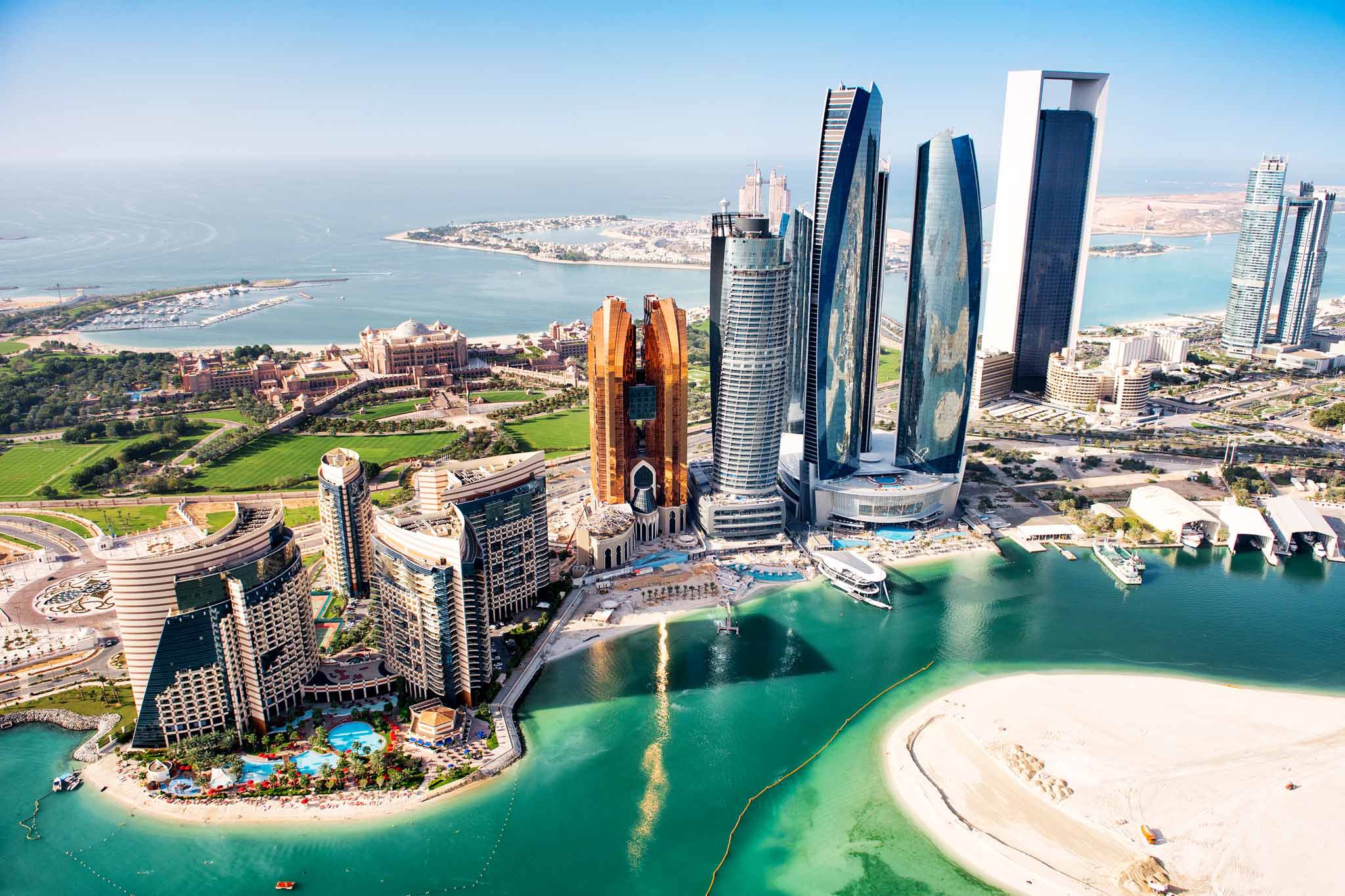We all have somewhere that we grew up, somewhere that we may dream of moving to or somewhere that we fondly call home. But in this age of remote work and seemingly endless mobility, what does it really mean to “live” somewhere? After all, many young and old families have recently fled big cities in favour of small towns, where they continue to dial into weekly meetings and conference calls and stay productive. Likewise, many executives now perform their job roles thousands of miles from corporate HQs or freely commute between cities and client worksites as necessity demands, seldom setting foot in an office of their own.
As a futurist and professional keynote speaker, I often joke that I “live on a plane” and frequently wake up all night to give virtual presentations to audiences in every time zone and on every continent. One has to wonder, though: What will this modern diaspora mean for meeting and event planners and their audiences?
Interestingly, we already see its impact on younger audiences who grew up alongside ubiquitous Internet connectivity, such as Generation Y and Generation Z, whose friendships, acquaintances, and associations know few geographic bounds. Despite being US-based, my daughter, a member of the latter cohort, spends most of her time online chatting with, and coordinating groups of, individuals in the UK, Poland and other territories through team-based missions in the latest online games.
But the odds are that no matter your age, you’ve already seen this phenomenon, a blurring of geographic borders thanks to the rise of digital communication channels and shared online experiences facilitated by today’s biggest technology platforms, manifest both in your household and organisation.
In the time of Zoom, Teams, Slack and other remote-conferencing tools, it is frankly hard to imagine a day in which you wouldn’t be able to interact with peers, partners, friends or customers at locations situated the entire world over.
It means that on the one hand, we’re not only now training entire cohorts of working professionals in every field that an environment of endless diversity and multiculturalism is the new normal. We’re also teaching them that what was once an entire world’s worth of seemingly exotic and unfamiliar experiences and opportunities is now just a click or call away.
Once upon a time, for our parents, it was a big deal to take a trip overseas, and it’s certainly nothing to scoff at these days either. Of course, times have changed, but that doesn’t mean that anyone and everyone is in fact planning to attend meetings or conferences half a world away. But for today’s working professional, let alone members of Gen Y or Z, planning distant trips is now practically an afterthought. With the Internet having put flight/hotel bookings, ticket purchases and insights into local hotspots at our fingertips, for decades, travel planning is often just as simple as tapping a touchscreen, and no longer as big a deal as it used to be.
“One might argue that we’re experiencing a digital Renaissance as we speak”
Want to spend the season working from an Airstream trailer while touring all 50 United States of America? Are you looking to kick back and take client meetings from the pool at the French Riviera between stopovers at the biggest cities in Europe? For the modern professional, virtually anything goes these days. You’ve doubtlessly heard the term digital nomad tossed around to describe a legion of workers who are now more mobile than ever and working online from any location that strikes their fancy. From now on, we’ll simply call them ‘colleagues’ because this level of mobility will be the new normal for workers in every profession that doesn’t require them to be hands-on day in and day out with equipment or clients on a job site.
Looking ahead, it’s not hard to see the beginnings of a Great Displacement already taking shape. A world in which many of us are infinitely mobile and infinitely connected, and the ideas of national borders begin to blur as ideas and inspiration proliferate the globe over. In coming years, all of us will certainly come to celebrate concepts like diversity, equity and inclusion more, noting that tomorrow’s working professionals will be more diverse and well-educated than ever and draw upon an increasingly international array of backgrounds and insights. At the same time, I suspect that we’ll also become so used to working with others on a cross-cultural and cross-border basis that we will all begin to share more common worldviews and vernaculars as citizens of planet Earth as well.
During the 14th through 16th centuries, Europe experienced a historical inflexion known as the Renaissance. It was a time when classical learning and arts flourished, scientific advances boomed, and advancements in trade and communications helped connect what were once largely isolated parts of the planet with ideas and people from many nations. The introduction and growth of the printing press, the establishment of trade networks between Europe, Asia and the Middle East, and the migration of scholars and artisans helped bring the world closer together. It helped spark a global sharing of knowledge.
Given the growing availability of technology, mobile devices and online communication platforms today, coupled with lowering costs and more widespread access to these solutions, one might argue that we’re experiencing a digital Renaissance as we speak. One in which, for example, meeting and event planners in Ireland could easily host a series of online conferences, allowing preeminent American and European speakers to disseminate their ideas across hundreds of organisations in Latin America and the Caribbean in real time. I know this because I recently hosted one for Mastercard, and it was just the first of many virtual get-togethers they’re holding to help finance and digital payment leaders all around the planet get on the same page and share best practices and insights worldwide.
“An environment of endless diversity and multiculturalism is the new normal”
The way I see it, this Great Displacement, or era of heightened mobility, won’t just likely usher in a new age of productivity and prosperity, even in a world of growing disruption and uncertainty. It will also herald the dawn of a new era of enlightenment, one in which thought leaders’ concepts and ideas have the potential to connect with millions of individuals across an ever-growing range of touchpoints and formats seemingly overnight. For meeting and event planners, this means recognising three key points:
- Tomorrow’s audiences may be defined more by psychographics (aka shared attitudes, values or interests) than cultural demographics.
- They’re likelier to want to consume and interact with program content on their terms and using an array of different devices and online connection points.
- If you want to learn to speak the lingua franca, or common language, of all these netizens, or citizens of the Internet, it means having to both celebrate what brings us together and uniquely sets us apart.
On one front, that means actively making a point to populate meeting and event programs with global speakers from various backgrounds that offer diverse perspectives and insights. With new trends and innovations capable of emerging anywhere, anytime, it’s equally important for, for example, Swedish audiences to get a Japanese futurist’s viewpoint on change and innovation as a local presenter’s thoughts.
On another, it also means having to look at communities on a global and local/regional level and think about how to target their shared needs best when building content programming to maximise timeliness, trendiness and universal appeal. And, of course, it also requires you to design your gatherings to fit a broader range of attendee consumption patterns and formats, especially for those of us who are more mobile and expect more customised and personalised experiences every day.
Should event programs be offered in digital and/or hybrid formats? Does it make sense to tape conferences or meetings and offer them for streaming play or download? As a business events pro, is there merit to repackaging and repurposing live sessions as books, blogs, whitepapers, animated explainers, infographics, online training courses or all manner of micro-learning or interactive offerings? By this point, I’d argue that we shouldn’t be asking these questions. Instead, all should be considered table stakes for any event planner to invest in, noting that you can use day-of exclusives as an added incentive to spark on-site attendance.
“Looking ahead, it’s not hard to see the beginnings of a Great Displacement already taking shape … The ideas of national borders begin to blur as ideas and inspiration proliferate the globe over”
In addition, when designing for what will increasingly be audiences of highly mobile, highly informed, and highly demanding attendees from now on, you’ll also need to learn to share and spread information in various content models and formats. For instance:
Streaming Media Leveraging live-streaming solutions, online archives, and other digital communications channels such as shared discussion groups or chatrooms to enable audiences to drop in, drop out, and consume content as much or as little as they prefer, when and how they like.
Extended Reality Using virtual reality (VR), augmented reality (AR) and Metaverse solutions to create virtual gathering places where get-togethers can be held, and audiences can attend and enjoy shared experiences akin to in-person visits from anywhere, anytime, no matter how distant they are.
Microlearning Modules Bite-sized content offerings, interactive tutorials, animated explainers, or short-form prepackaged teaching lessons. Anything that allows you to make content more approachable, and to more rapidly present and summarise event sessions.
Simulations and Games Educational experiences that draw on the art of gamification (applying gameplay elements to other areas of activity) allow audiences to go hands-on with tasks, topics, and challenges and learn in real time.
Crowdsourced Solutions Programs are being designed to draw on ideas, concepts and contributions from large groups of individuals, and offer various insights featuring a wide range of perspectives and opinions.
In effect, designing event programs to speak to increasingly globalised and mobile populations in fresh and novel ways will be the new normal. So, too, we will be crafting meetings and get-togethers so that audience members can attend them virtually anytime, anywhere, and access featured content through a growing array of online and digital channels.
As I note in The Future is Yours, our training game for meetings and events, this means adapting event content to be presented via an ever-growing range of channels and formats. But on the bright side, it also means that, as a result of these efforts, you’ll not only discover new ways to present material in an increasingly attention-getting and engaging fashion. In addition, it further means that as an event planner, you’ll be able to speak to an ever-growing audience and extend the value and impact of special occasions far beyond day-of attendance.
As a global and motley group of people, we may be increasingly scattered geographically. But online, we’ll stand more and more united in interest and enthusiasm as tomorrow’s meeting audience.



